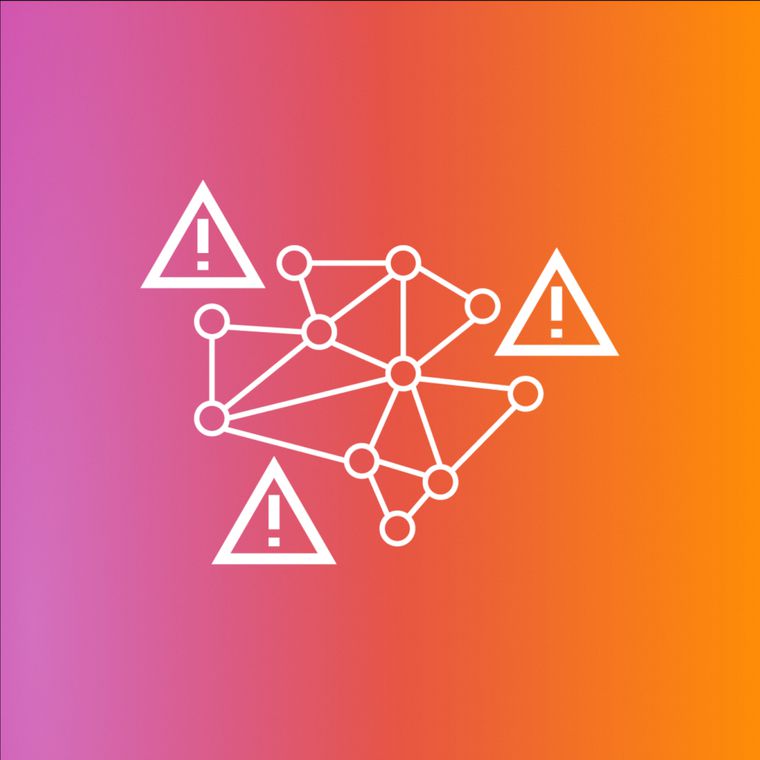Step-by-Step to Implement AI-Based Threat Intelligence in Professional Services
See how AI-based threat intelligence in professional services helps detect threats faster and protect client trust.
October 1, 2025
Professional services firms confront an unprecedented cybersecurity crisis. In 2024 alone, Business Email Compromise (BEC) attacks caused $2.77 billion in losses. For organizations such as law firms, accounting practices, and consulting companies handling sensitive client data, these numbers signal an urgent need to evolve beyond traditional security approaches.
AI-driven threat intelligence delivers the strategic advantages professional services require. These systems identify behavioral anomalies, predict attack patterns, and automate responses at speed, while traditional tools struggle with modern attack sophistication.
Threat Landscapes Grow More Complex
Professional services firms have emerged as prime targets for sophisticated threat actors who recognize a critical vulnerability, which is the organizations’ extraordinary access to client intellectual property and financial records while operating with security infrastructures designed for a previous era.
Today's attacks transcend traditional phishing, evolving into precision campaigns that weaponize the trust relationships these firms cultivate with clients. Cybercriminals study communication patterns, harvest relationship data, and craft attacks that perfectly mimic legitimate workflows. Meanwhile, traditional threat intelligence collapses against this assault.
Signature-based detection and manual analysis cannot comprehend AI-powered attacks that reshape themselves in real time, creating blind spots that adversaries exploit systematically. Additionally, static defenses face dynamic enemies who view every security control as another variable to optimize around.
That said, let’s understand five steps to implement AI-based threat intelligence in professional services.
1. Understand Your Threat Landscape
Professional services firms must first map their unique threat landscape, recognizing how industry-specific attack patterns and regulatory vulnerabilities distinguish them from other sectors.
These firms possess extraordinarily valuable data like legal strategies, financial records, merger details, and confidential business intelligence. Consequently, attackers understand that compromising one firm provides access to multiple client organizations simultaneously.
Also, the heavy reliance on email communication for client coordination creates concentrated risk, particularly through business email compromise attacks. Unlike manufacturing or retail sectors, professional services cannot implement air-gapped systems without disrupting operations.
Additionally, unique compliance requirements including attorney-client privilege and confidentiality standards mean breaches trigger regulatory investigations and malpractice liability beyond typical cybersecurity incident costs. Understanding these vulnerabilities enables teams to prioritize threat intelligence collection effectively.
2. Choose an AI-Powered Threat Intelligence Platform
Once you understand your threat landscape, selecting the right AI threat intelligence platform becomes critical, requiring careful balance between detection capabilities and operational realities.
Traditional threat intelligence relies on known indicators and signature matching; however, AI-powered platforms analyze behavioral patterns and communication flows to identify sophisticated attacks. This behavioral approach proves essential when facing targeted campaigns using custom malware designed to evade conventional defenses.
Moreover, professional services firms need seamless integration through APIs rather than disruptive MX record changes. The platform must also support strict confidentiality requirements through data residency controls, client isolation capabilities, and comprehensive audit trails.
Most importantly, the system should process threat intelligence without accessing actual client communications, preserving the trust relationships that define professional services.
3. Train the AI With Industry-Specific Context
With the platform selected, AI models improve dramatically through customization with professional services-specific behavioral patterns and communication flows.
Initially, systems must learn normal patterns: attorney-client exchanges, accounting workflows, and consulting project cycles. This baseline establishment proves critical because AI models often generate false positives without proper context.
Subsequently, training must incorporate industry-specific social engineering tactics including fake court documents, spoofed client communications, and impersonated regulatory notices. These targeted training efforts significantly improve detection accuracy while reducing false positives from legitimate business communications.
Additionally, the AI system must understand regulatory requirements to avoid flagging legitimate compliance activities. This includes recognizing normal audit communications, regulatory filing processes, and client onboarding procedures that might otherwise trigger unnecessary alerts.
4. Automate Threat Response Without Creating Alert Fatigue
After training, professional services security teams require intelligent automation that manages high-volume alert queues without compromising response quality.
AI-driven platforms should automatically score and prioritize alerts based on threat severity, affected systems, and potential business impact. Rather than generating basic alerts, these systems provide detailed context including affected users, communication patterns, and recommended response actions. This enrichment enables quick, informed decisions without extensive manual investigation.
For high-confidence threats,automated containment measures activate immediately: quarantining suspicious emails, disabling compromised accounts, or blocking malicious domains. Nevertheless, these automated responses must include override capabilities and detailed logging to support professional services audit requirements. Remember, the balance between automation and control ensures both efficiency and accountability.
5. Continuously Evolve Your Intelligence
AI-driven threat intelligence achieves maximum effectiveness through ongoing refinement and adaptation processes. Security teams must establish systematic feedback mechanisms, marking false positives and confirming true threats to improve model accuracy. This continuous learning cycle ensures the system adapts to evolving threat actor tactics.
Also, proactive threat hunting activities should inform AI model improvements, as manual investigations often discover subtle attack indicators that enhance automated detection. This human-AI collaboration proves especially valuable when facing sophisticated, targeted campaigns.
Meanwhile, professional services compliance requirements evolve continuously, demanding that AI systems adapt to new regulatory guidance and industry best practices. Through this iterative process, organizations develop threat-informed cybersecurity controls that integrate seamlessly with existing risk management practices while maintaining effectiveness against emerging threats.
Where Abnormal AI Fits In
Abnormal uses behavioral AI specifically designed to address the sophisticated email-based threats that dominate professional services attack patterns. The platform integrates seamlessly with existing email infrastructure through API connections, preserving MX records and minimizing deployment disruption.
That said, here’s an example of how Abnormal provides measurable outcomes for professional services:
How EAB Safeguarded Educational Data While Saving Time
Despite investing $100,000 annually in email security, the education solutions provider EAB struggled with spear phishing and invoice fraud, bypassing their defenses while graymail wasted valuable time.
Abnormal's behavioral AI platform delivered immediate results through seamless API integration with Microsoft 365, deploying in just hours without email disruption.
Key outcomes achieved:
3,400+ mailboxes protected across the organization
1,927 employee hours saved on graymail management in 90 days
63 high-risk vendor accounts identified through VendorBase
Zero false positives recorded in 30 days
The Email Productivity module impressed executives company-wide. CISO Brian Markham noted, "The CEO mentioned it to me in the elevator. We fundamentally trust Abnormal—they've earned our trust and kept it over time."
Explore more customer stories or book a demo to explore Abnormal’s solutions.
Related Posts
Get the Latest Email Security Insights
Subscribe to our newsletter to receive updates on the latest attacks and new trends in the email threat landscape.


